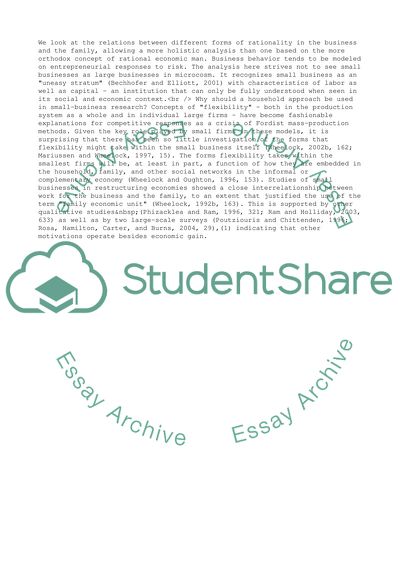Cite this document
(Family Business Research Case Study Example | Topics and Well Written Essays - 2000 words, n.d.)
Family Business Research Case Study Example | Topics and Well Written Essays - 2000 words. Retrieved from https://studentshare.org/business/1545886-family-business-research
Family Business Research Case Study Example | Topics and Well Written Essays - 2000 words. Retrieved from https://studentshare.org/business/1545886-family-business-research
(Family Business Research Case Study Example | Topics and Well Written Essays - 2000 Words)
Family Business Research Case Study Example | Topics and Well Written Essays - 2000 Words. https://studentshare.org/business/1545886-family-business-research.
Family Business Research Case Study Example | Topics and Well Written Essays - 2000 Words. https://studentshare.org/business/1545886-family-business-research.
“Family Business Research Case Study Example | Topics and Well Written Essays - 2000 Words”, n.d. https://studentshare.org/business/1545886-family-business-research.


